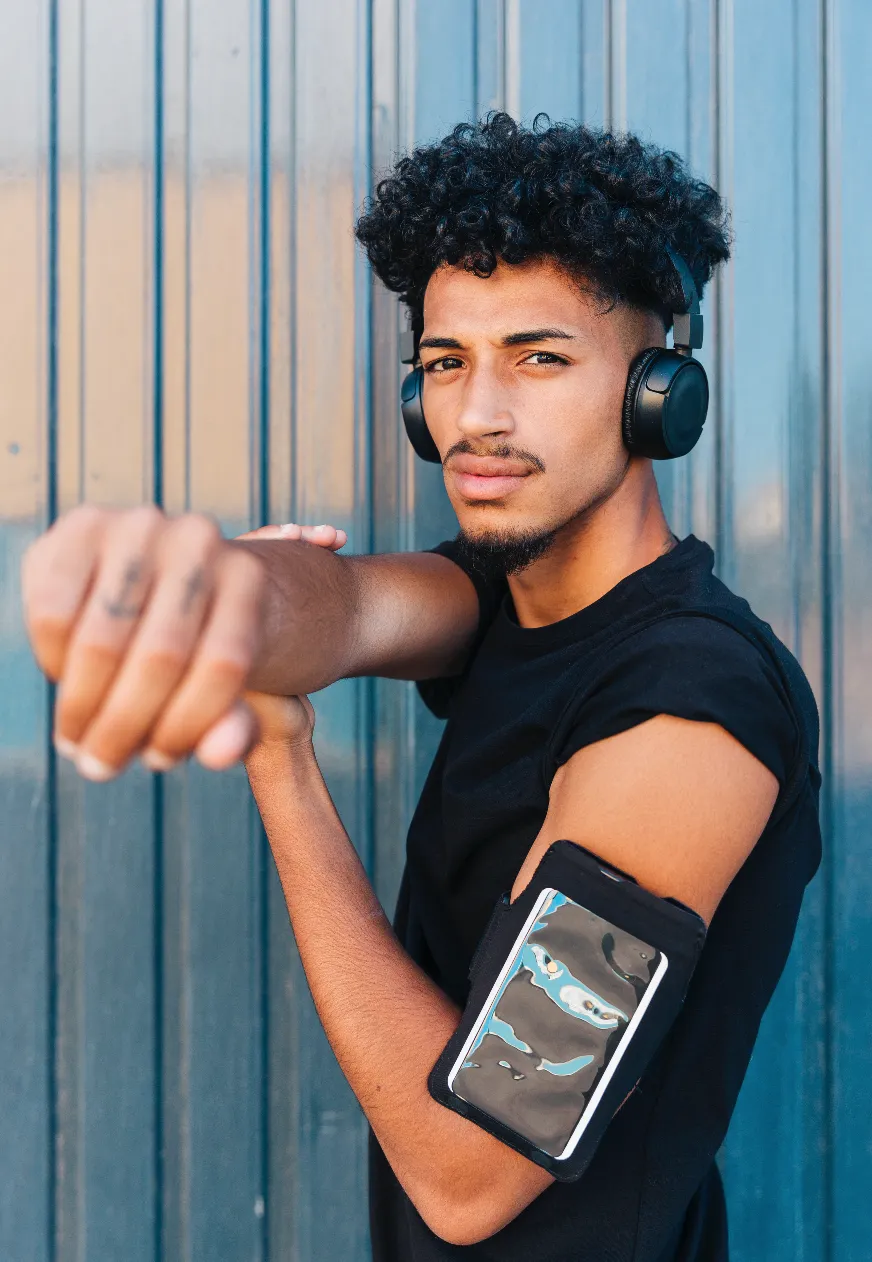Why are fitness and workout apps so crucially in need of in-app communities?
Discover how building in-app fitness communities boosts retention and user engagement for workout apps. Learn from top industry examples.
Table of Contents
The Motivation Gap: What Fitness Apps Lack
Hyper-Socialisation: A Natural Fitness Trend
Fitness Communities: App Features that Drive Retention
The Win-Win of Community Building in Fitness Apps
Any app has a big goal: to retain users. If your users try your app and never return, no other major goal will be achieved. Each app has its own mission. For health apps, the mission is to help users stay active and healthy. If users don’t return after trying your app, your mission has failed, as have their goals of becoming healthy with your help.
A study by Endeavour Partners reported that more than 70% of health app users stop using the app in two weeks or less. This indicates that only a small percentage of users successfully build a habit with well-being apps, often losing motivation and failing to achieve their goals. This is not the users’ fault—it’s a problem with the app’s development. However, it becomes the users' problem because if an app fails to engage them, they may lose interest in pursuing healthy habits altogether.

The Motivation Gap: What Fitness Apps Lack
Why does this happen? What discourages users, and what are fitness apps missing? The answer often lies in a lack of motivation and a sense of community.
People who give up on health and sports apps need more than an internal drive to improve—they need external motivation. This is especially important for digital products that are easy to postpone or ignore.
Hyper-Socialisation: A Natural Fitness Trend
Experts are now discussing hyper-socialisation, similar to the hyper-personalisation trend we discussed in our recent article. Hyper-socialisation means that being part of a community is no longer a bonus—it’s a necessity.
Users now want to socialise while gaming, cooking, trading, or watching football. Since the beginning, sports and training have been social activities, with gyms serving as places for communication, opinion-sharing, and showing off. You can make friends or rivals, admire local stars, or share tips on staying in shape.
During the pandemic, many people switched to home workouts, and although this change offered time and cost savings, it didn’t eliminate the need for socialisation. We still want to share our progress, ask for advice, receive support, and compare results. Hyper-socialisation isn’t just a digital trend—it’s a natural human behaviour.

Fitness Communities: App Features that Drive Retention
Let’s look at some features that help build in-app fitness communities, along with examples of apps that use them to drive retention and user satisfaction:
Fitocracy transforms workouts into a social game, allowing members to track their progress, follow others’ progress, complete challenges, and earn badges. This basic gamification works because it motivates users to stay active, contributing to both personal growth and app engagement.
ChallengeRunner leverages people’s competitive spirit by offering competitions and challenges. Users earn badges that increase their motivation and help them stick to their workout routines—and the app itself.
Strava is a popular tracking and community platform for sports enthusiasts. It emphasises community as a core feature, enabling users to share activities, comment on others' posts, and join group activities.
Myzone awards points based on calorie burn to indicate progress. Users can also share their metrics and photos, creating a social ecosystem that aims to replace Facebook and Instagram fitness communities.

Zwift showcases user stories about milestone achievements. Users can set goals, and the community can follow their progress. This inspires both achievers and others who haven’t yet set goals to get started.
Peloton allows official trainers to host live classes, engage with users, provide feedback, and build influencer-style communities within the app.
The Win-Win of Community Building in Fitness Apps
Building a community within a fitness app is a win-win solution—the app benefits from improved retention, lifetime value (LTV), and other key metrics. Users gain motivation and encouragement, recognition from their peers, and the chance to become influencers themselves. They also receive the support they need to achieve their goals more easily and enjoyably—without relying solely on self-discipline.
Get in Touch
Please book a call if you'd like to integrate community-based live chat or other social tools into your website or app. We will help you find the best solution for your engagement strategy.
Boost your platform with
Watchers embedded tools for ultimate engagement
